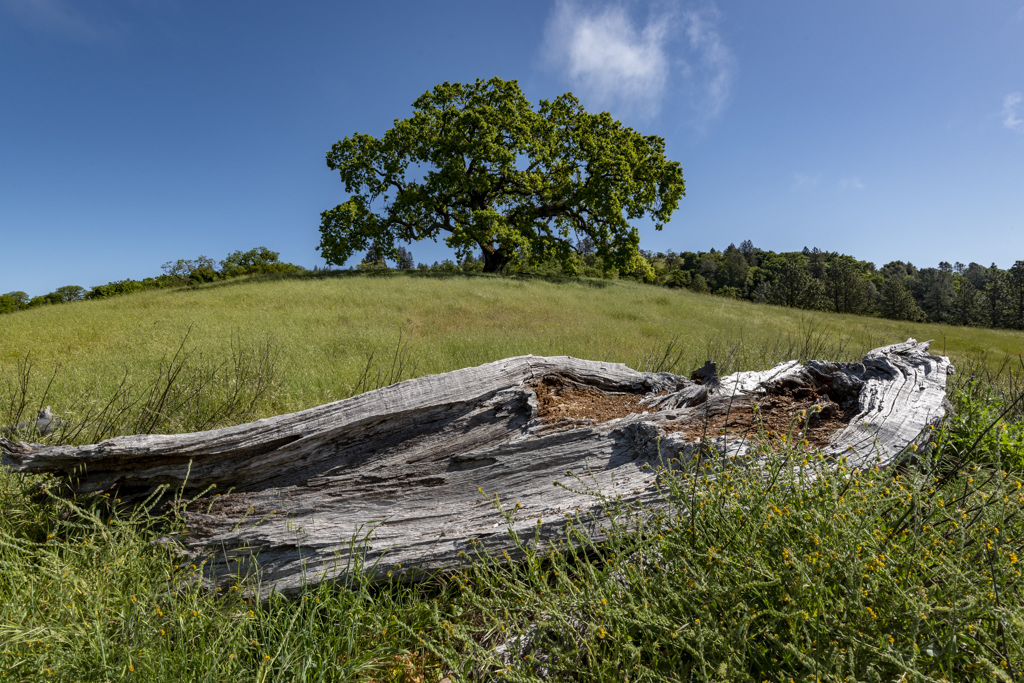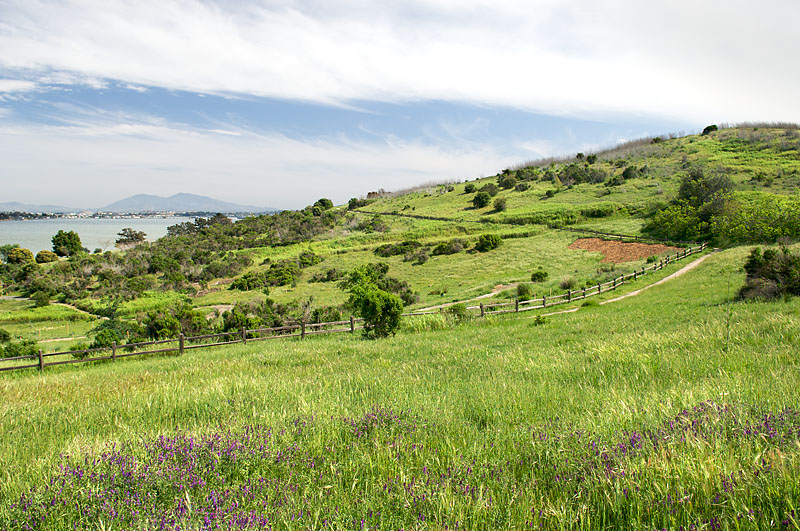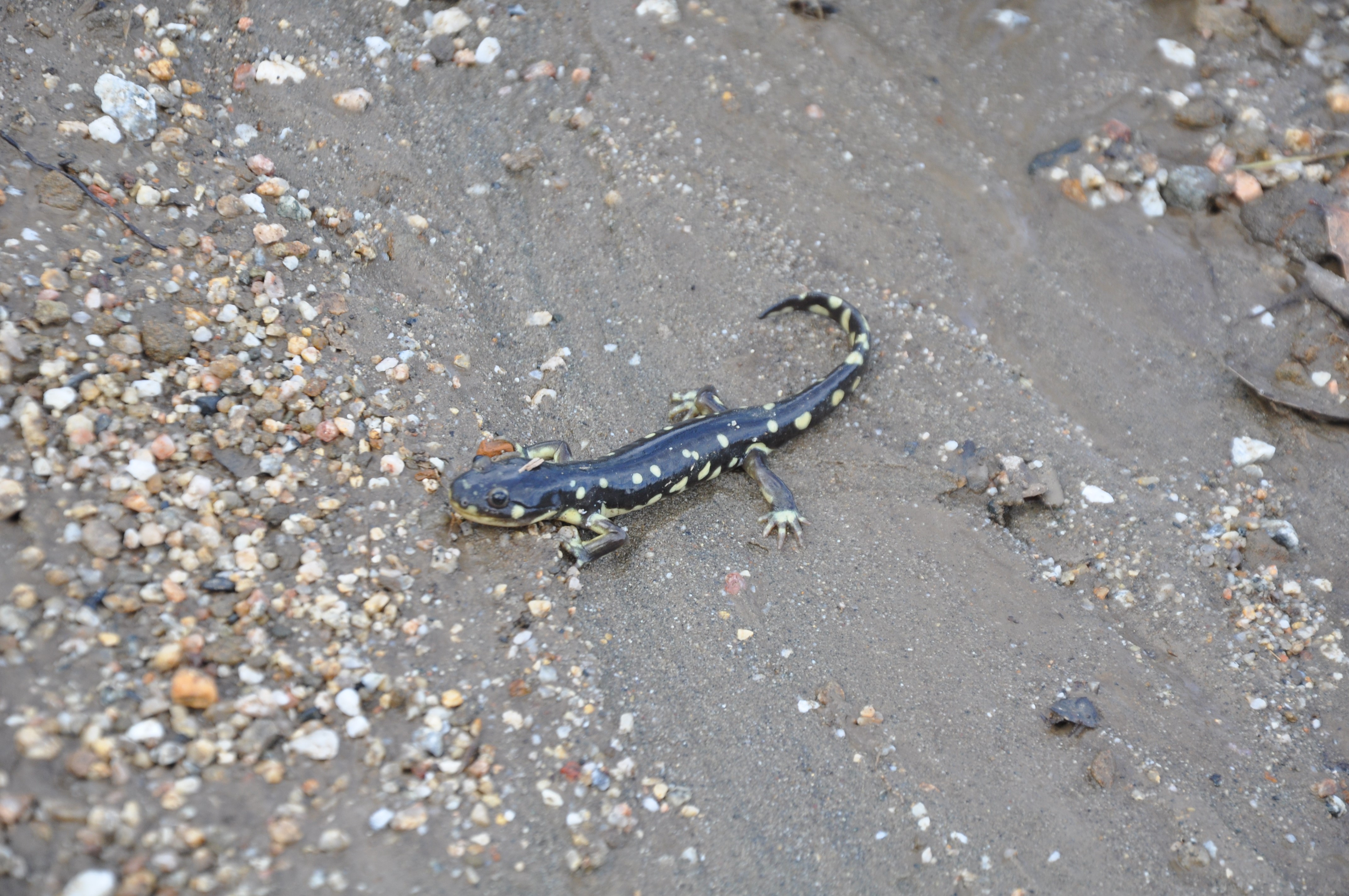Permitting in the Diablo Range District
There are several permits that State Parks offers.

Individuals or organizations that own property that borders a State Park can apply for Fuel Modification Permits or Right of Entry (ROE) Permits.
Scientists, professors, and students who wish to complete field surveys, collect or investigate specimens of any type can apply for a permit to Conduct Archaeological, Biological, Geological, Paleontological or Soil Collections/Investigations.
Individuals looking to hold events or film at our parks can apply for Special Event Permits or Filming Permits.

California State Parks offers a right of entry permit to neighbors to allow access to State property to carry out defensible space modifications following appropriate environmental reviews and approvals.
California State Parks has developed a balanced process to address forest fuel management (including boundary fuel management) where appropriate and in accordance with its mission and environmental compliance and permitting requirements. Fuel modification is only undertaken when it is consistent with existing park plans, including General Plans and other management plans as required by Public Resources Section 5002.2. Forest management activities in State Parks fit squarely within the Department’s mandate to preserve the state’s most valued natural and cultural resources and preserve its outstanding biodiversity for future generations.
State Parks takes wildland fire preparedness very seriously, undertaking wildfire management planning, vegetation management and fuel modification; internal policies guide training, reporting and other fire related activities. Management actions for wildland fires on Department lands include: Pre-fire planning, fuel (vegetation) management, public safety measures, fire control support, post-fire evaluation and rehabilitation. As a general rule, State Parks does not create fuel breaks on its boundaries. However, State Parks has created guidelines for the protection of structures from wildland fire and to guide vegetation modification requested by neighboring landowners. It does, on a case-by-case basis, respond to homeowners to address defensible space needs, in some cases undertaking work that is aligned with Department resource and land management goals. As mentioned previously, State Parks also offers a right of entry permit to neighbors to allow access to State property to carry out defensible space modifications following appropriate environmental reviews and approvals.
State Parks is an active participant on the Governor’s Forest Management Task Force, which is coordinating statewide efforts for fire preparedness, wildland fire planning, and is working to speed implementation of fuel reduction and prescribed fire projects statewide.
What you can do as a State Parks Neighbor
Contact your local Fire Agency to obtain Home Hardening and Defensible Space guidelines for your property and ensure your property meets those guidelines. Determine your defensible space zone by measuring the distance from the closest exterior wall of your home to the property line. If this distance is 130 feet or greater, all of the defensible space can be created on your property. If this distance is less than 130, feet it may be desirable to create defensible space on neighboring property, possibly State Park property.
You may apply for a Boundary Vegetation Modification Right of Entry Permit (BVMROE)* to address your desired defensive space. An approved permit allows homeowners or their contractor access to State Park land to trim vegetation within 130 feet of the closest habitable structure. Homeowner groups are encouraged to apply jointly to maximize efficiency.
To learn more about Fuel Modification Permits or submit an application for a Diablo Range District park, please contact the Diablo Range District CEQA/PEF Coordinator at pef.diablorange@parks.ca.gov

Right of Entry Permits are short term, revocable permits for limited-duration projects within State Park boundaries. Examples include, but are not limited to, utility company or county projects that fall outside of existing rights (like a bridge replacement project that falls beyond the road right-of-way limits), resource conservation district habitat restoration projects, some vegetation management work, and some kinds of studies (such as geotechnical borings). Some short-term duration projects with long term management requirements, such as construction of a weather station or seismic monitoring station, are covered by a right of entry permit for the construction phase, and must be followed by an ongoing access agreement between State Parks and the applicant.
Applicants fill out a right of entry permit and submit it to Megan Harrison, megan.harrison@parks.ca.gov, along with the $500 application fee, unless waived by the District. Typical processing time is 4-6 weeks; however, this can be longer if the project is complicated, if CEQA and tribal engagement is not yet complete, or if the project scope is unclear in the application. If you are unsure whether your project needs a right of entry permit, reach out to Megan Harrison early in the project planning, to ensure the permit review and issuance process does not delay your project.

A scientific research and collecting permit is required for most scientific activities conducted within the California State Park System that pertain to natural resources, including, but not limited to, field work, specimen collections, and the collection of data. If you intend to collect specimens, data, and/or produce a written document of your findings, such as a dissertation, thesis, academic paper, report, or professional publication, then a permit is needed. Additional permits or approvals from other local, state, or federal agencies may also be required. It is the responsibility of the researcher to know what permits are required by other local, state, and/or federal agencies and to obtain all needed permits before the California State Park scientific research and collecting permit will be approved.
To apply for a scientific research and collecting permit, submit a DPR 65. It is recommended that applications be submitted at least 60 days in advance of the first planned field activity. Depending on the nature of the work, the review and approval time may be longer than 60 days, particularly if soil disturbance, sensitive resources, and/or areas with sensitive resources are involved.
Visit the Scientific Research and Collecting webpage for more information about the process.

The California Department of Parks and Recreation oversees the nature and extent of archaeological fieldwork that is carried out on State Parks Land. The department requires a DPR 412A for archaeological work to record archaeological investigative work and its research context. While State Parks wants to encourage research projects, potential investigators still must complete the application process and have an approved DPR 412A before any work begins. In the DPR 412A application, applicants should clearly outline the purpose of the work, include a USGS topographic map or other map showing the precise intended location(s), and attach the resume of the principal investigator. Applicants can expect up to one month for processing.
Submit signed applications and questions electronically to this address: Archaeological.Permits@parks.ca.gov

The public can apply for special event permits for using the park for events or activites other than then those pre-approved by the Department. The Diablo Range District State Parks can make great sites for a wide range of events. Popular events at our parks range from anything from family gatherings and weddings to off-road vehicle competitions and festivals.
To apply to hold a special event at one of our parks, fill out the District special event application form.
Visit our Special Event Application Page or contact our Special Event Coordinator at christina.silverberg@parks.ca.gov for more information.

Filming and professional photography in State Parks requires a permit. These are handled by the California Filming Commission or CFC. If you’re taking personal photos or are a student (or group of students) and don’t believe your activities are considered “commercial,” but you’re using commercial equipment, you’re likely to need a permit.
Begin the application process by contacting the Park Film Coordinator at (323)817-4106 or Lori.Moilov@film.ca.gov. Once you confirm that the beach or park is available on the day(s) you require, complete and submit a permit application to the CFC at least four business days (or 96 business hours) in advance of filming. When you have booked a beach or park, the park will issue a form DPR245A, and the CFC will send you an invoice for the review fee ($100/day per park or beach for simple shoots and $250/day per park or beach for complex shoots) and estimated monitor fees. (If the final costs are more than anticipated, an additional invoice will be issued at the conclusion of the shoot. If actual costs for monitors are less than anticipated, a refund will be issued to the production at the conclusion of the shoot.)
Visit the California Film Commission webpage or contact the Permit Coordinator for Nothern and Central California State Parks for more information.
